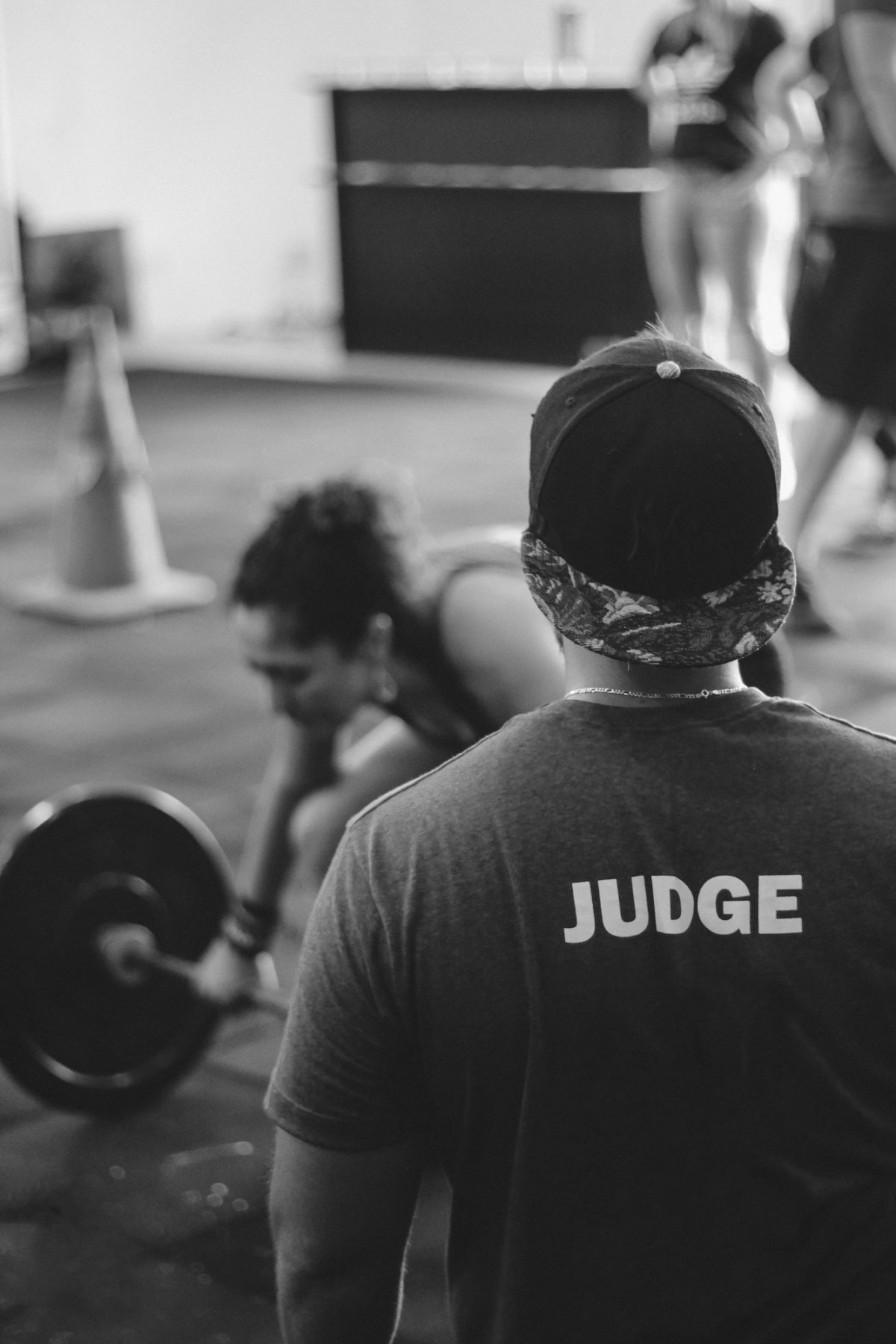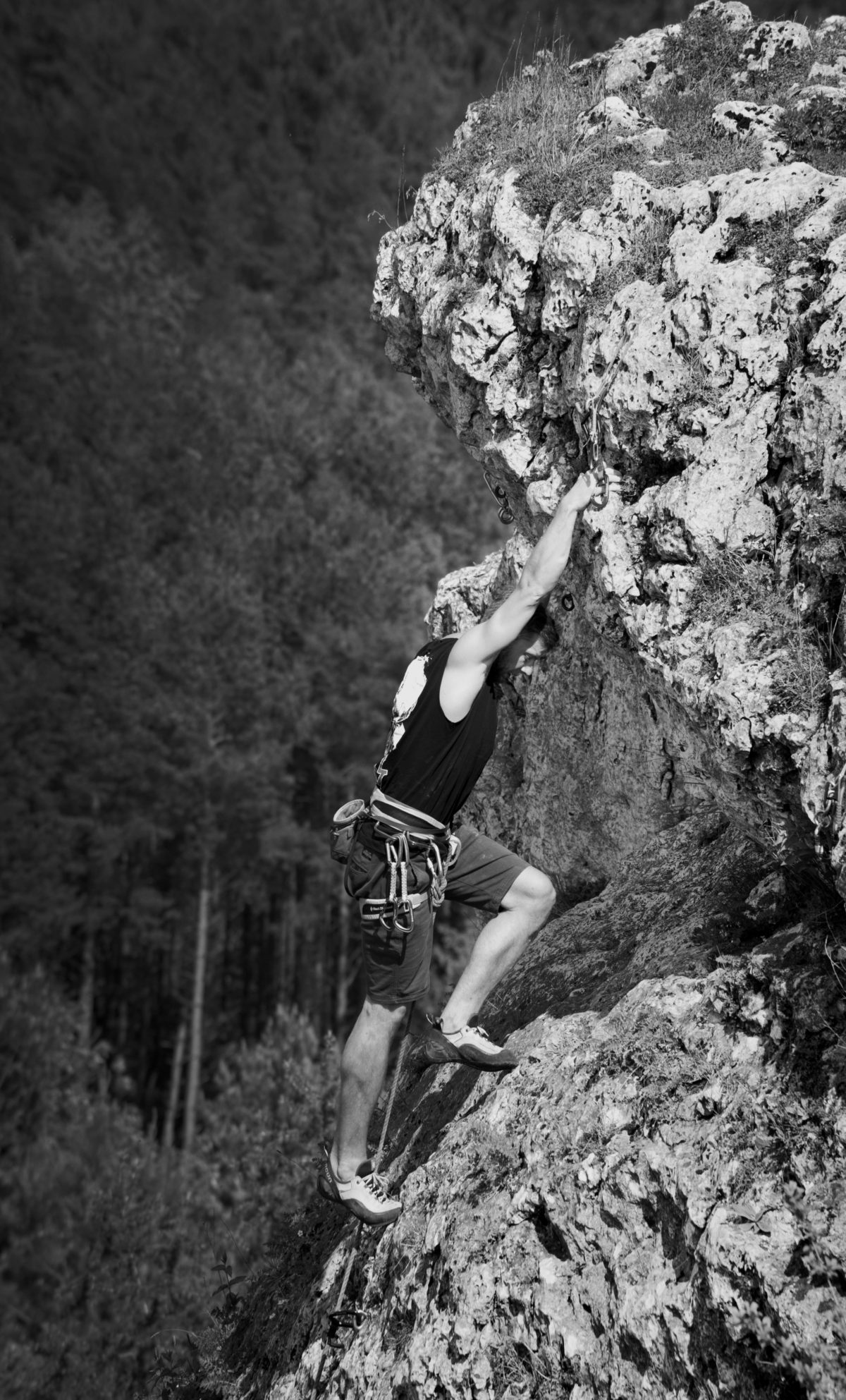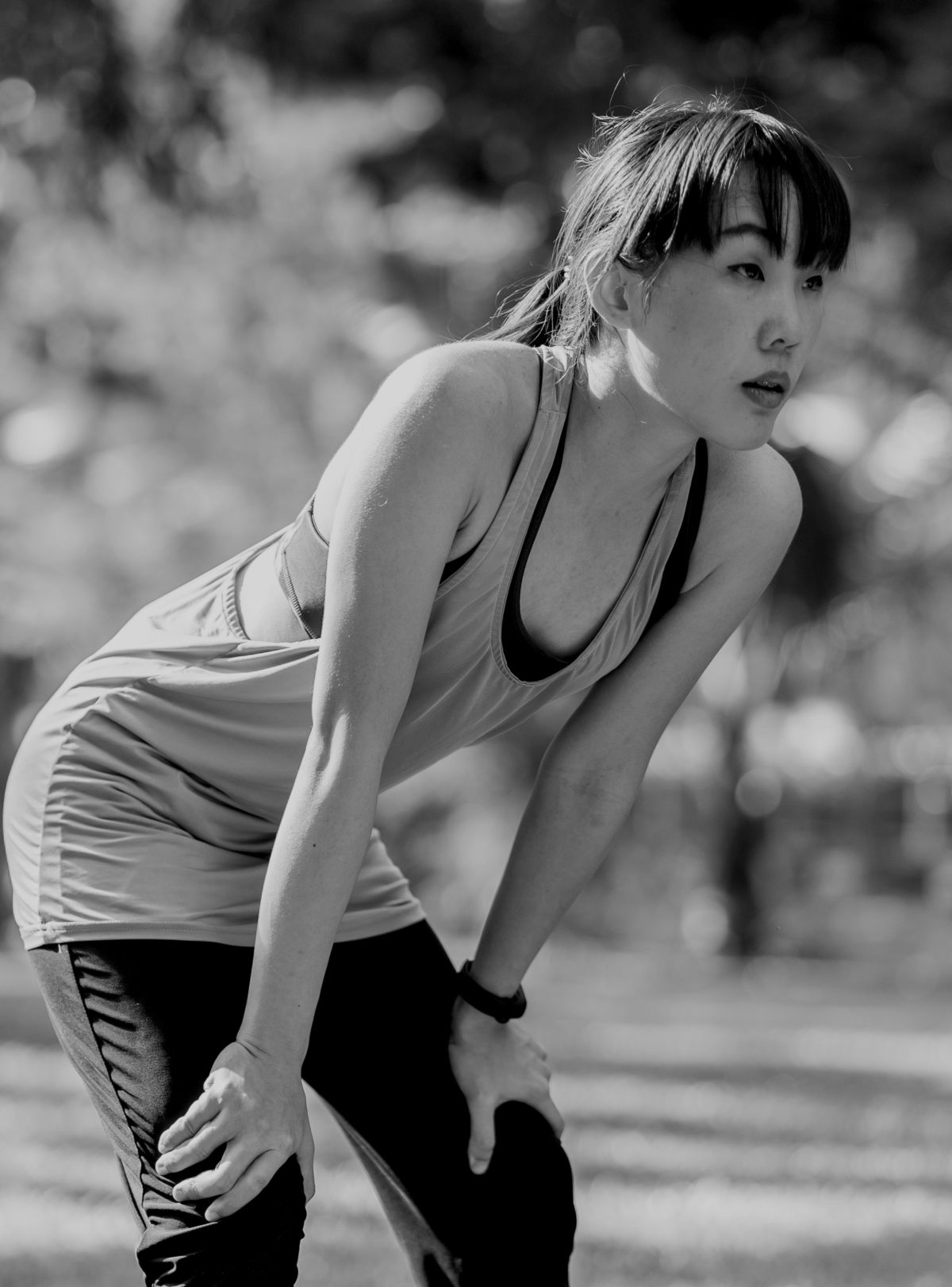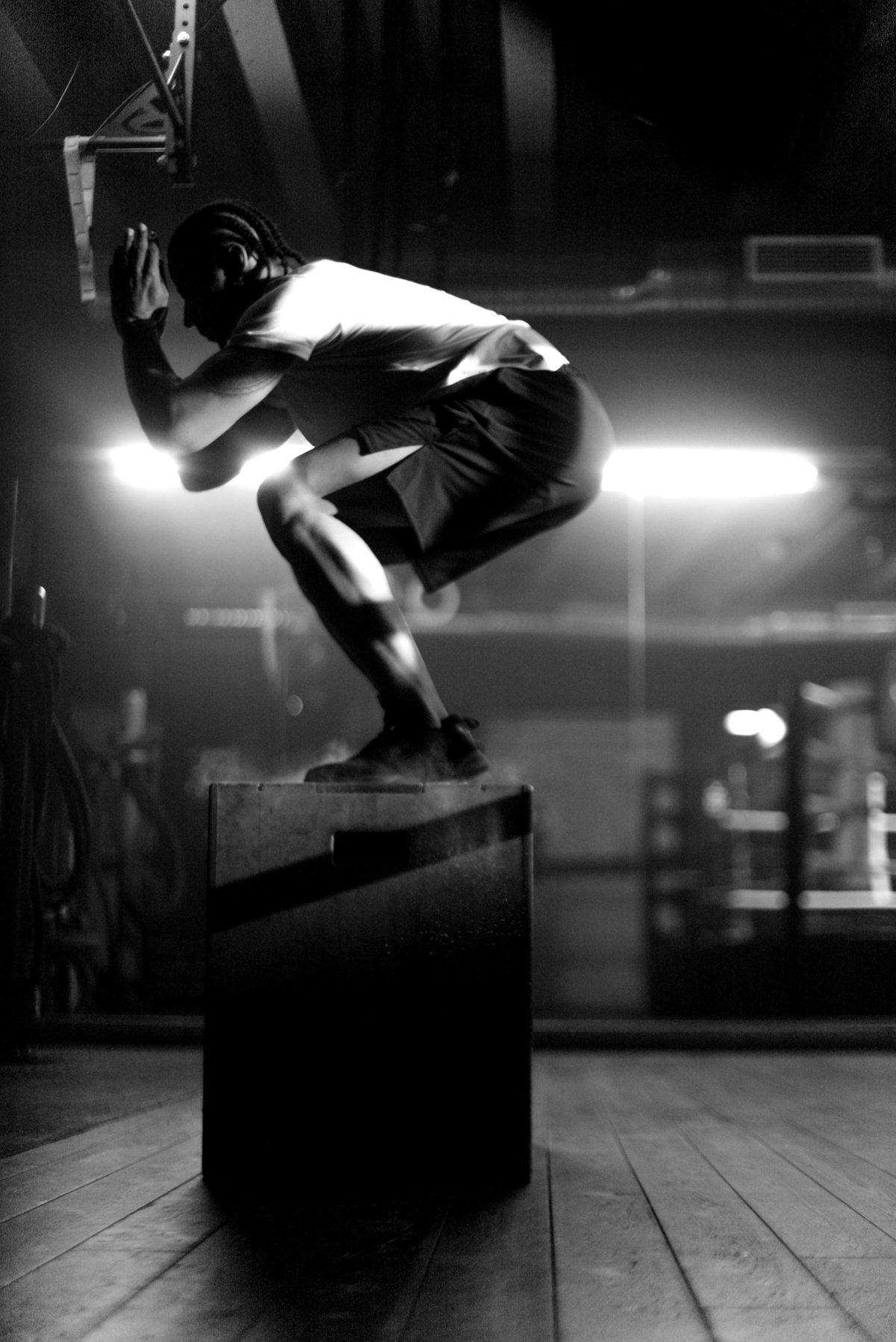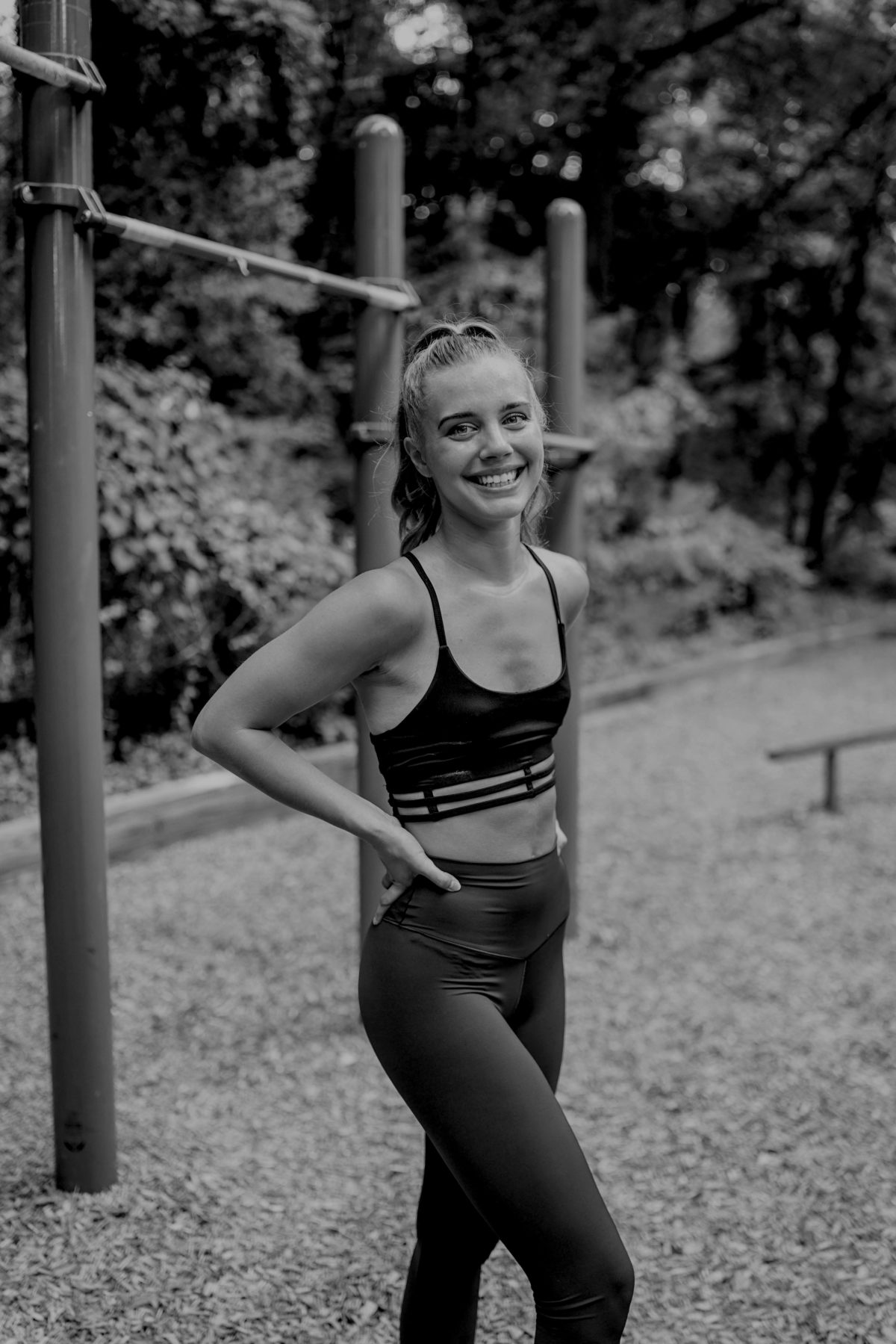A phrase I love is quality over quantity. Yes, I know CrossFit is filled with AMRAPs and all about completing movements in the shortest amount of time. And for a metcon, speed and quantity is definitely important. But is it better than solid repetitions that reach full ranges of motion?
At the end of the day, we do CrossFit for fitness, not to impress other people by winning. And when it comes to fitness, we can’t cut corners.
Why quality over quantity matters
Spend more than 3 seconds watching any group metcon at any CrossFit box and you will see people who would receive a ‘no rep’ in competition.
I get it, most CrossFitters have a type A personality. To an extent we are all competitive, and we want to push ourselves, we want to win. So of course when a coach yells ‘3, 2, 1, GO’ we are going to try to move as quickly as we can. Is every single rep going to be absolutely perfect? No, of course not. But, you should always strive for quality over quantity.
Today at Buffalo Nickel CrossFit we are doing box jumps. So as our example we’ll use box jumps. The most common ‘no rep’ on box jumps is failing to fully extend your hips and knees when you land on the box.
Now, I don’t think the large majority of CrossFitters intentionally don’t lock out their hips. They are simply trying to make better time or get more reps in. But does your time or rep count really matter if you aren’t doing the movement to the standard everyone else is?
It’s like saying you ran a mile in under 4 minutes, but you really just ran 1200 meters (¾ mile) and rounded up the distance. Sorry buddy, not a mile, and not a true mile time.
Cheater cheater, pumpkin eater
As large as CrossFit is, it is still a small and tight knit community. Your city or town might have tons of boxes, but your reputation will follow you even if you move boxes. As a coach and box owner, I don’t want members who purposely shave reps, or don’t complete movements.
Why I want box members who prioritize quality over quantity
- One bad apple can spoil a bunch.
- You are telling everyone your ego is more important to you than your reputation.
- If you ever do compete you will have to relearn all the movements you cheat on, or go through the embarrassment of being ‘no repped’ in a public setting.
- And I don’t want a box I attend or own to be known for being cheaters.
If your ego is so fragile that you need to cheat on reps to “win” and that makes you feel better, by all means go right ahead. Just know your reputation of a cheater will carry from one box to another. If your CrossFit life and personal life meet, it will follow you there too. Everyone will know you as a person who doesn’t prioritize quality over quantity, and is likely to cut corners in other areas of life too.
Rx ain’t Rx if it ain’t Rx
My personal favorite…people who mark they did a workout Rx, when it wasn’t Rx.
For those who don’t know CrossFit slang for doing something exactly like it is written is ‘Rx’. It basically means ‘as prescribed’ hence the ‘Rx’ abbreviation.
Now, if a new athlete checks Rx, there is a good chance they just haven’t been informed what that means. But, once again, let’s take the WOD we did at Buffalo Nickel CrossFit today.
Kelly Rx:
- 5 RFT
- 400m Run
- 30 Box jumps 24”/20”
- 30 Wallballs 20lbs/14lbs
So if a person modified any part of this, like did 4 instead of 5 rounds, used a shorter box, or a lighter wall ball, any of these would be a reason that the WOD would not have been done Rx. To be Rx you must do the work EXACTLY as it is written: quality over quantity.
By setting a high standard and then holding yourself to it, you will become better. If you can’t do Kelly Rx and modify it by using a lighter medball weight, it should drive you to get stronger, and do it Rx.
Personally, I love when I get into a WOD and it slaps me across the face. It acts as a motivator! Remember, the chase is the fun part for me.
You better pack a lunch
I used to work with an amazing human being, Russell Miller. I was in my early 20s and Russell was in his 50s. We worked at an equine farm together doing general maintenance and grounds-keeping. Russell was one of those people who could make anyone laugh. He was constantly messing with people in a fun and joking way, and he would take as good as he gave.
After we worked together for a while we both would mess with each other, and I would tease him about being so old, he would say something like, “Boy if you want a piece of me you better pack a lunch”. He was telling me if I wanted to fight him and win, I better be ready to work for it.
When there is a tough WOD I still think to myself, this is going to be long….you better have packed a lunch. It makes me smile to this day and helps motivate me to push myself. The fight isn’t going to be easy, but you just might beat the old man.
